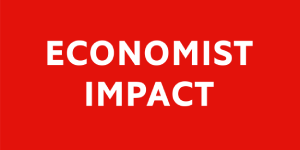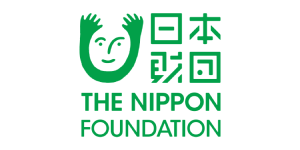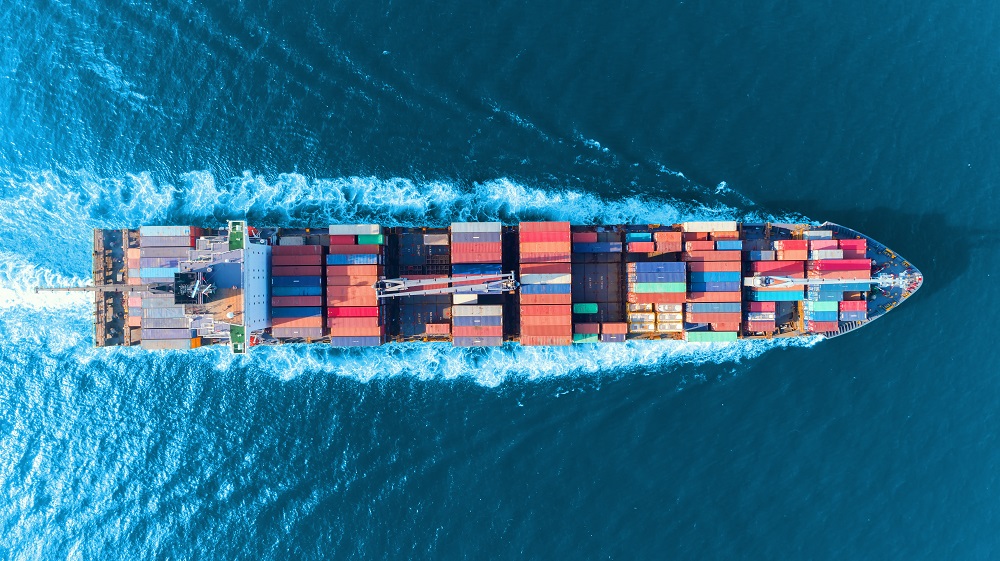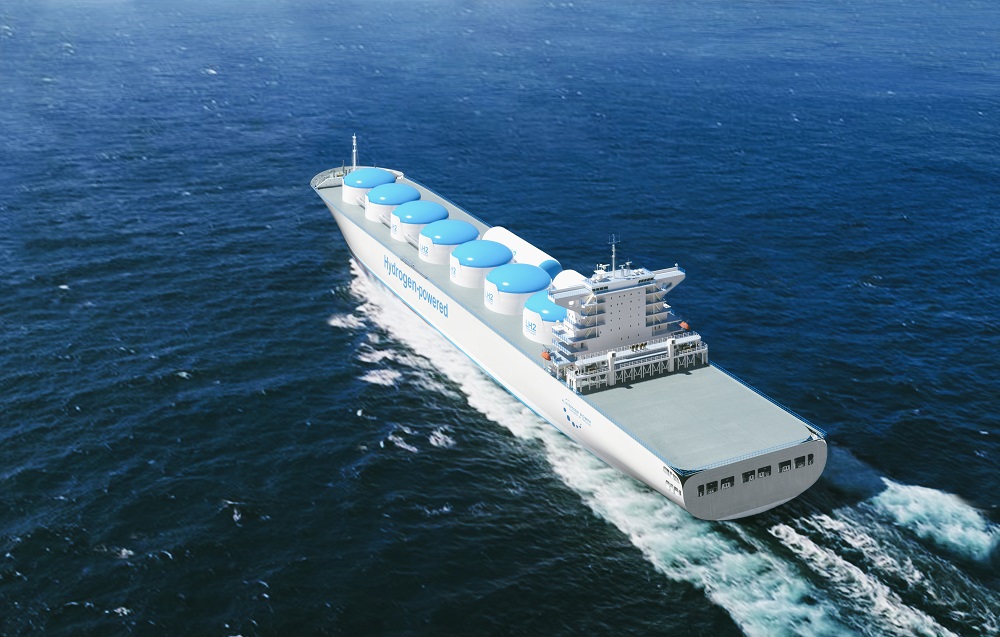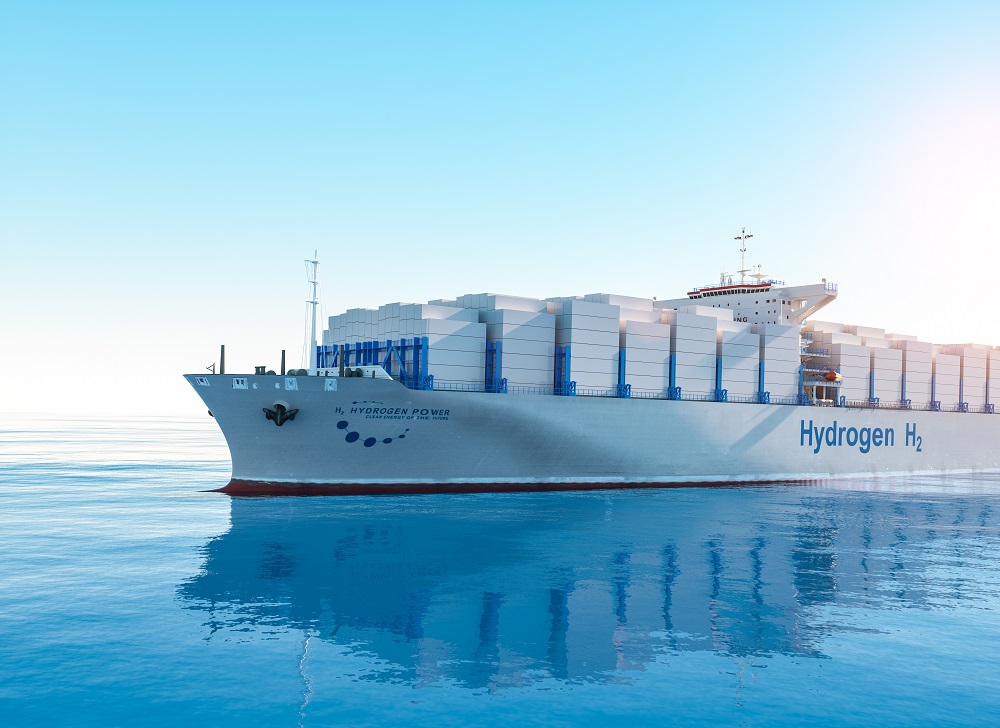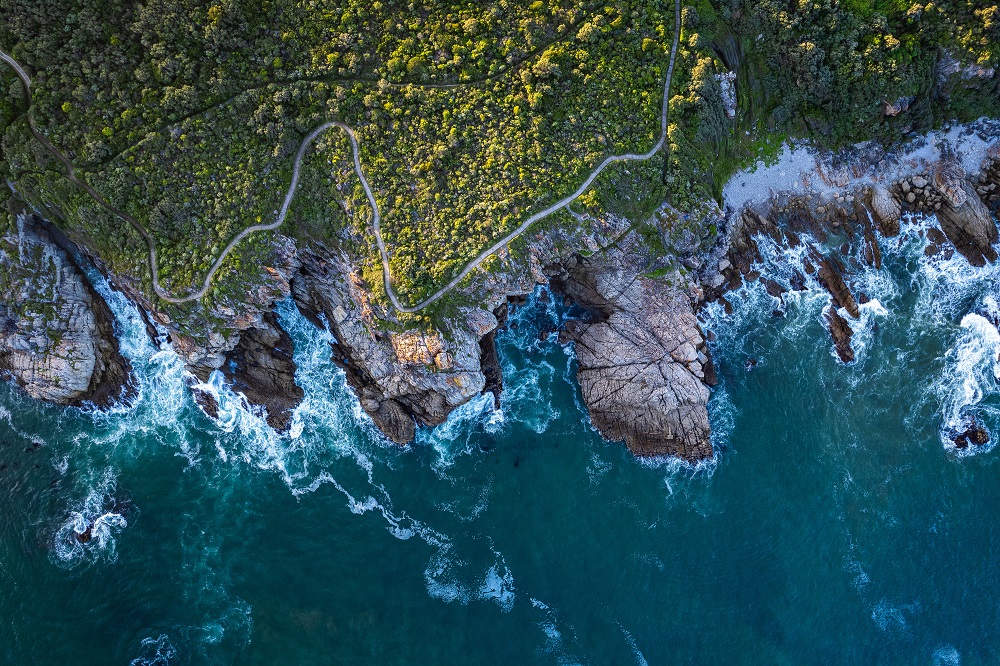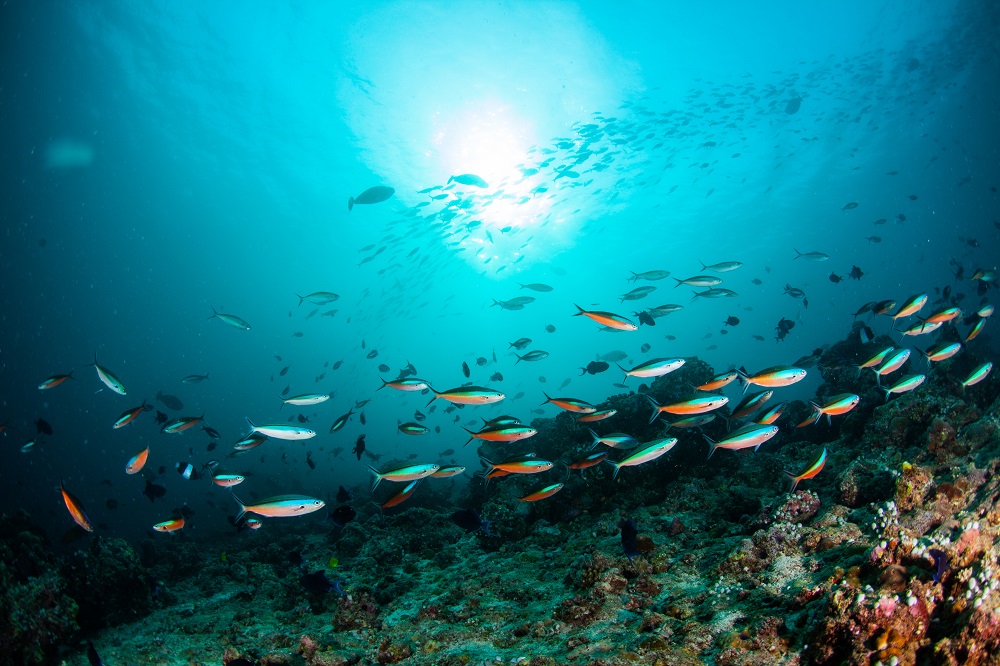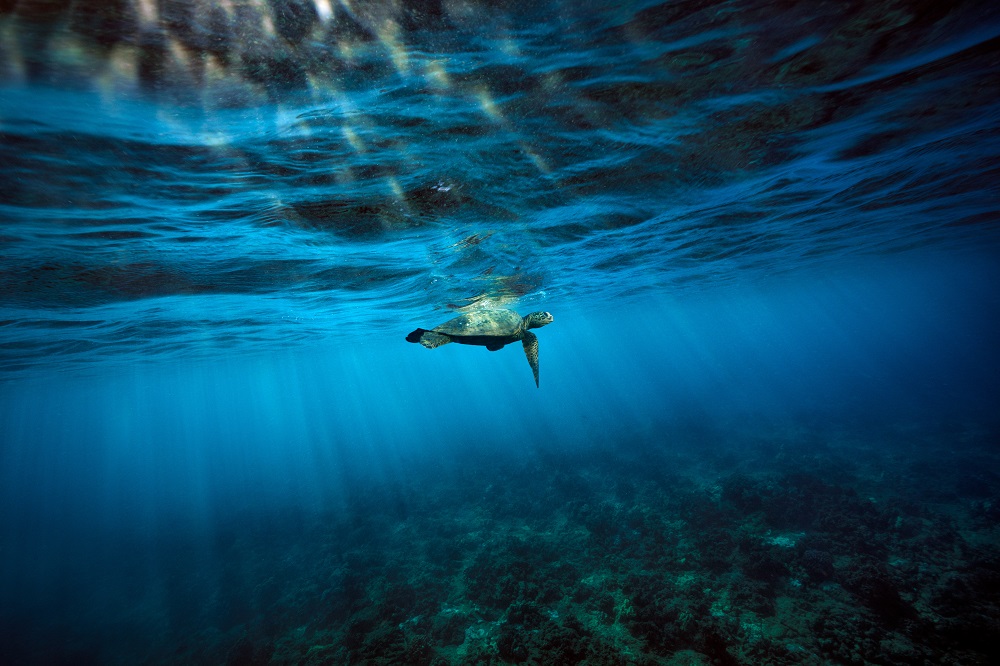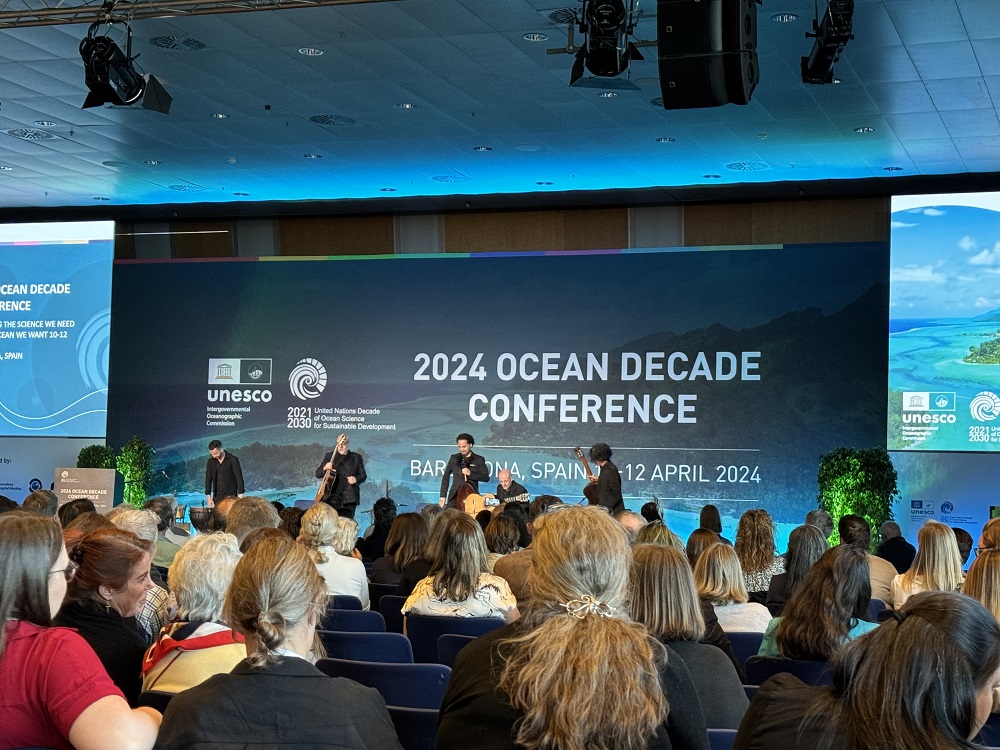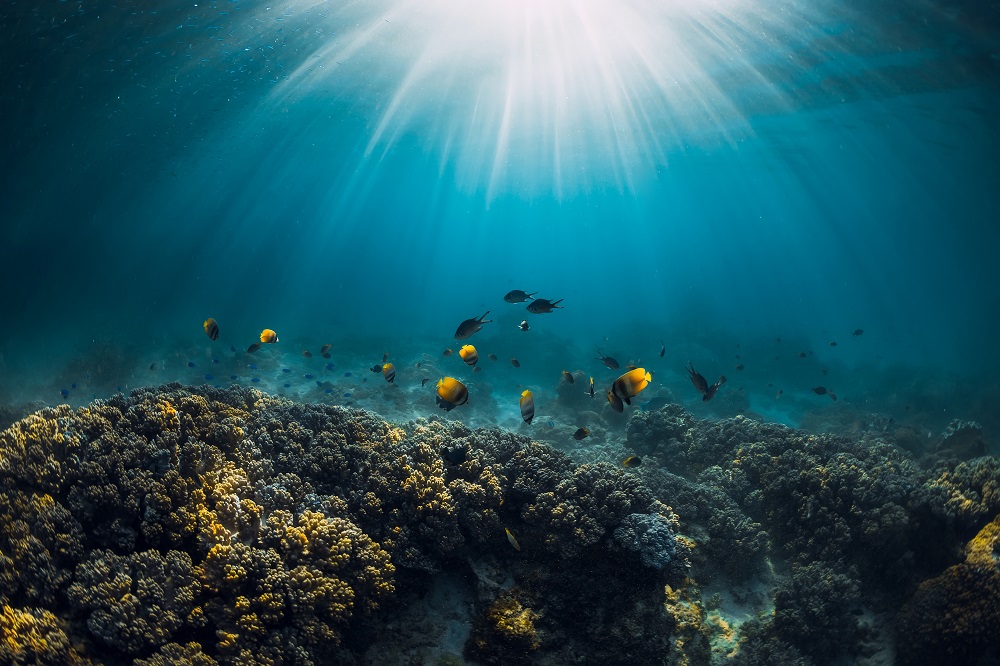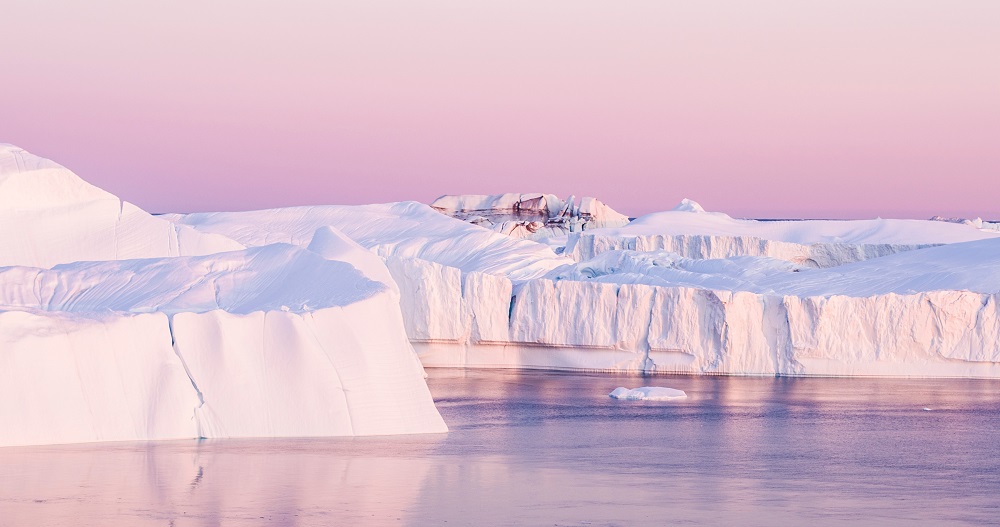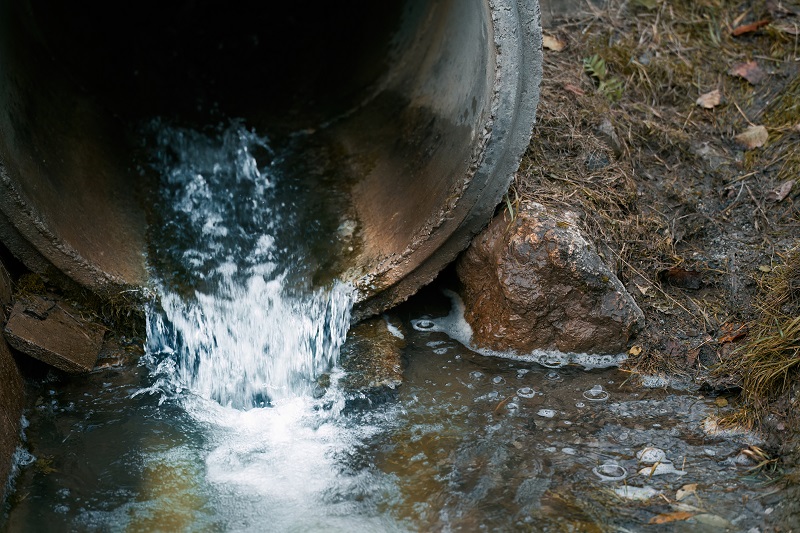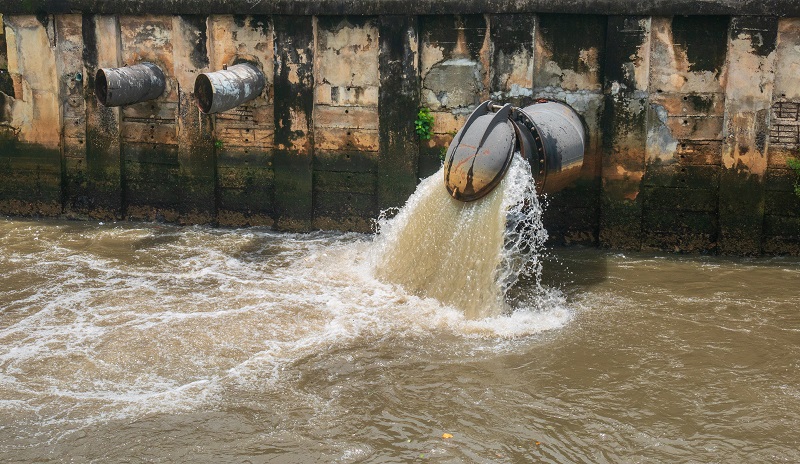CHEK’s approach is designed to be replicable across various vessel types, including tankers, container ships, general cargo ships, and ferries. Many of the technologies are ready to be trialled at scale, but first require updated policy and regulatory frameworks to instil confidence in companies considering deployment. For instance, there is a lack of comprehensive regulatory standards for hydrogen fuel cells in shipping. “There’s currently a lot of uncertainty around the trajectory of new technologies,” says Dr Luokkanen-Rabetino. “Policy clarity is very important to reduce this uncertainty and make investment more attractive.”
CHEK analysed the issues impacting long-distance shipping today, including infrastructure availability, legislation and business models, to ensure the proposed vessel designs can be deployed in reality. Mechanisms like the European Commission’s Ship Financing Portal, focused on fleet renewal and retrofitting for energy efficiency and environmental impact, are helpful, but more work is needed. “I hope that research and innovation funding will continue to make sure that companies can move forward with developing these technologies,” says Dr Karirinne. “We’ve demonstrated that these technologies can have a positive impact, and now we need to turn them into viable business solutions.”

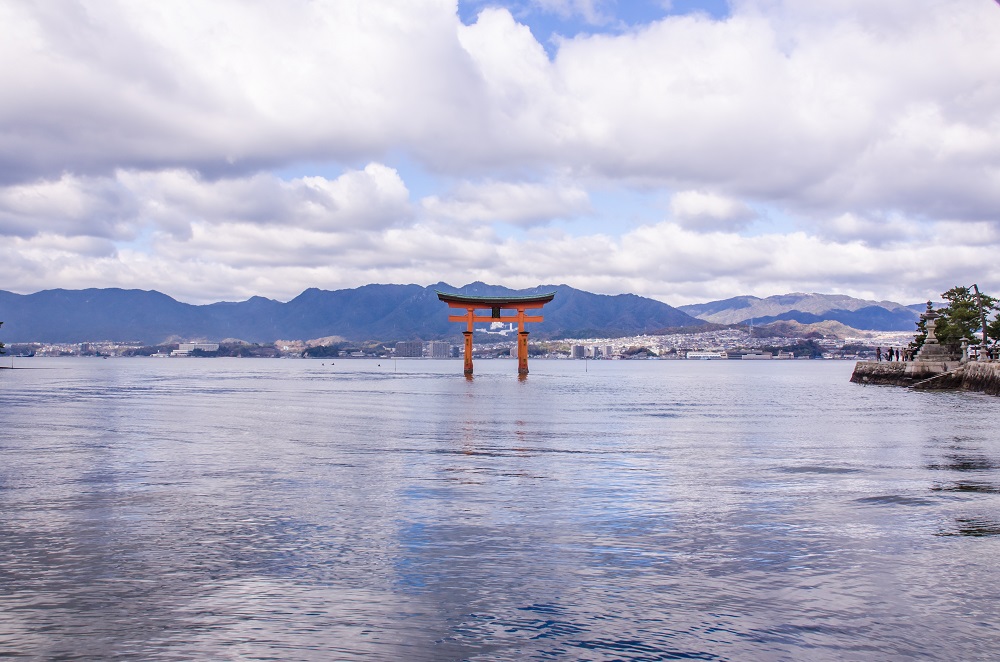

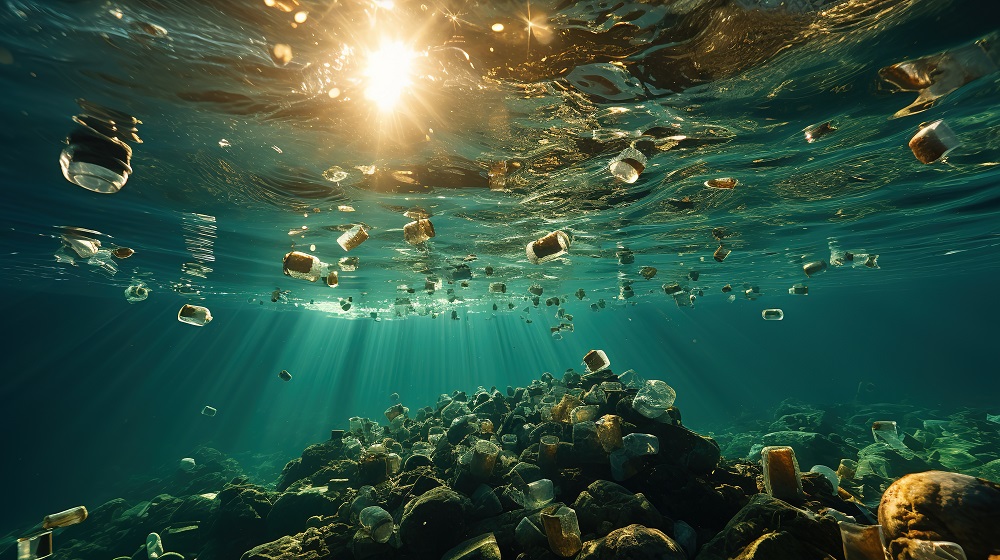

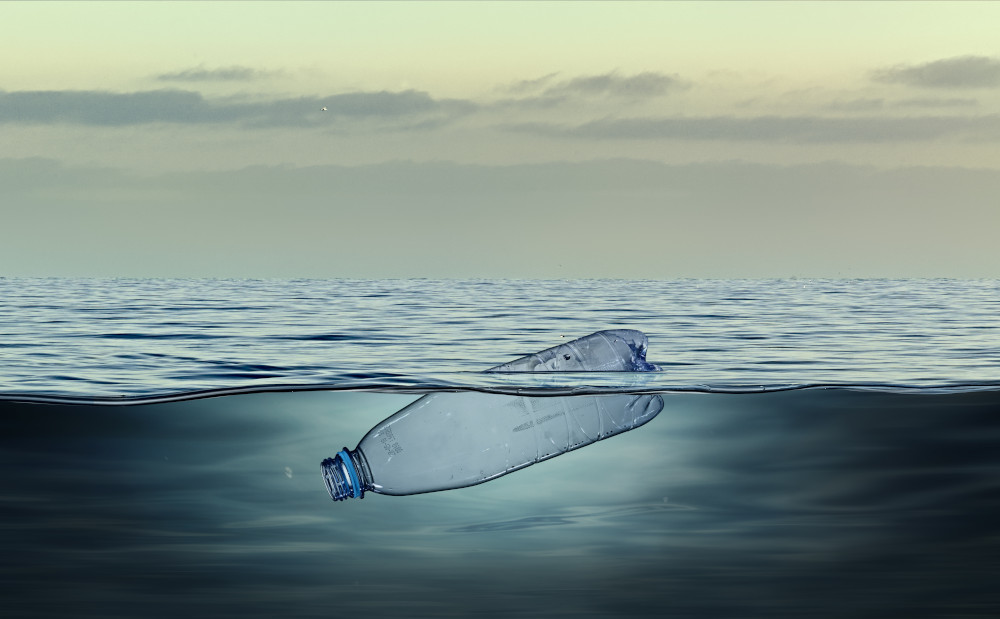


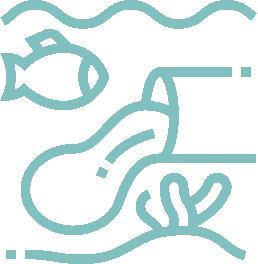

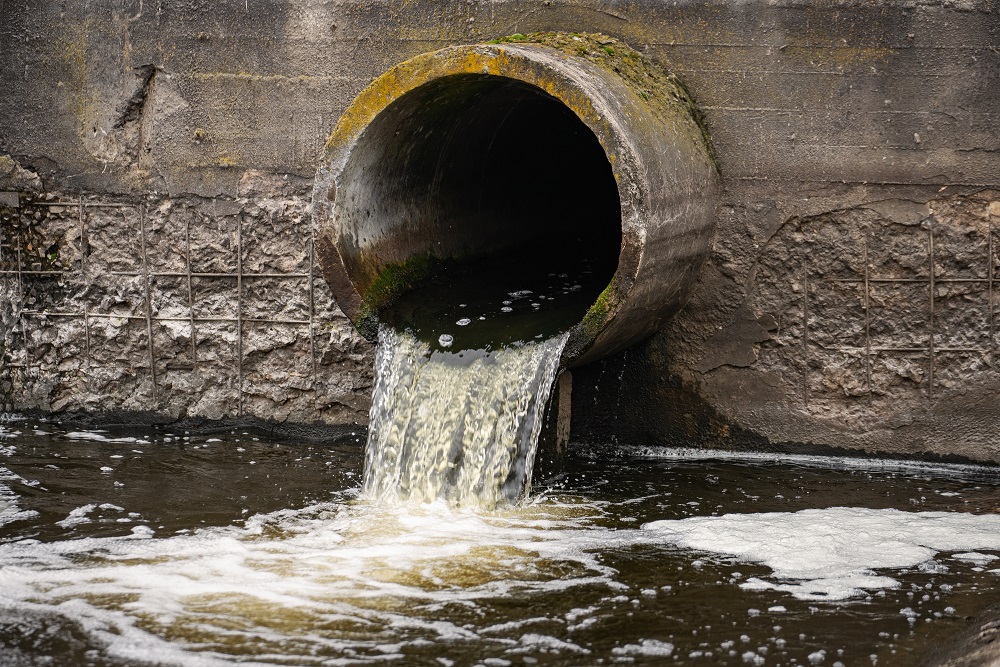 The scourge of untreated wastewater
The scourge of untreated wastewater Slowing
the chemical tide: safeguarding human and ocean health amid
chemical pollution
Slowing
the chemical tide: safeguarding human and ocean health amid
chemical pollution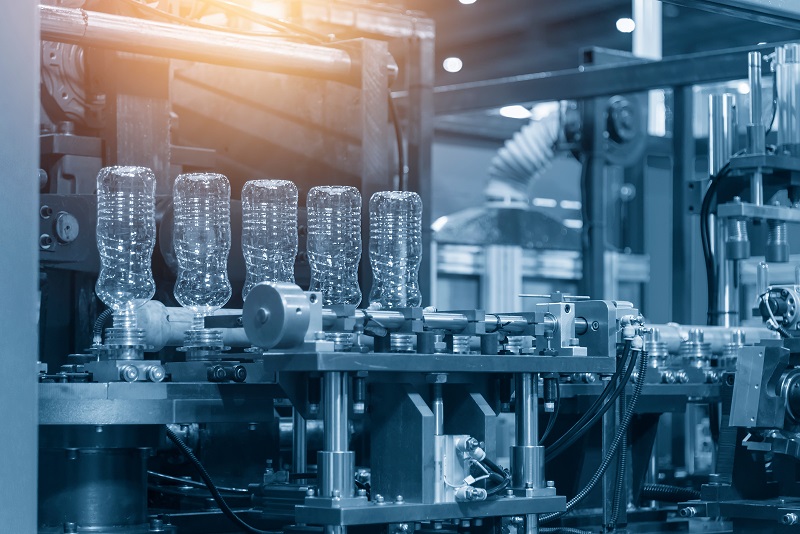 Hazardous chemicals in plastics - the discussions at INC
Hazardous chemicals in plastics - the discussions at INC
